A biologist’s manifesto for preserving life on Earth

1 We are playing a global endgame. Humanity’s grasp on the planet is not strong; it is growing weaker. Freshwater is growing short; the atmosphere and the seas are increasingly polluted as a result of what has transpired on the land. The climate is changing in ways unfavourable to life, except for microbes, jellyfish, and fungi. For many species, these changes are already fatal.
Because the problems created by humanity are global and progressive, because the prospect of a point of no return is fast approaching, the problems can’t be solved piecemeal. There is just so much water left for fracking, so much rainforest cover available for soybeans and oil palms, so much room left in the atmosphere to store excess carbon. The impact on the rest of the biosphere is everywhere negative, the environment becoming unstable and less pleasant, our long term future less certain.
Only by committing half of the planet’s surface to nature can we hope to save the immensity of life-forms that compose it. Unless humanity learns a great deal more about global biodiversity and moves quickly to protect it, we will soon lose most of the species composing life on Earth. The Half-Earth proposal offers a first, emergency solution commensurate with the magnitude of the problem: By setting aside half the planet in reserve, we can save the living part of the environment and achieve the ​quarter or one-third? Because large plots, whether they already stand or can be created from corridors connecting smaller plots, harbour many more ecosystems and the species composing them at a sustainable level. As reserves grow in size, the diversity of life surviving within them also grows. As reserves are reduced in area, the diversity within them declines to a mathematically predictable degree swiftly — often immediately and, for a large fraction, forever.
This story is from the December 2017 edition of Sanctuary Asia.
Start your 7-day Magzter GOLD free trial to access thousands of curated premium stories, and 9,000+ magazines and newspapers.
Already a subscriber ? Sign In
This story is from the December 2017 edition of Sanctuary Asia.
Start your 7-day Magzter GOLD free trial to access thousands of curated premium stories, and 9,000+ magazines and newspapers.
Already a subscriber? Sign In
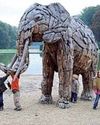
Why Children Are Needed To Help Save The World
On my very first day in India, I encountered many marvelous new customs not practiced in the United States, my home country. But the most curious by far involved trees. Here and there, alongside the roaring streets of Mumbai were rings of marigold wreathed around twisting banyan trunks like dried rays of afternoon sunlight…
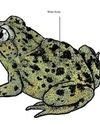
Who's Who?
Fact: all toads are frogs, but not all frogs are toads! Let’s unpack this...
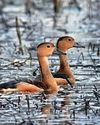
The Sea Raptor
The White-bellied Sea Eagle Haliaeetus leucogaster is one of the most common raptors along the Indian coastline. Nevertheless, the sight of this soaring, broad-winged, white and black bird of prey is nothing less than majestic
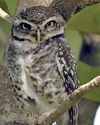
Bringing Up Bob Hoots.
While we were visiting a friend’s farm in the village of Yelachetty, near Bandipur Tiger Reserve, we found Spotted Owlets nesting on the tiled roof… and one of the chicks on the kitchen floor!

Yala, Land Of The Leopard
Yala is not only Sri Lanka’s second-largest, but also the most-visited national park in the island nation.
The Wizards Of Oz!
Australia is not only a country, but also a continent. The land down under, cut-off from the rest of the world has an abundance of unique species of native animals, birds, reptiles, insects and plants.

Scales & Tails
I was really excited and looking forward to the workshop on reptiles and amphibians at Nature’s Nest in Mollem, Goa, between June 24 and 26, 2017. It was my opportunity to meet renowned herpetologist Varad Giri.
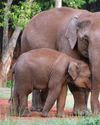
Big, Brilliant And Endangered
When one thinks of elephants, the first word that probably comes to mind is BIG! But elephants, while they may be the largest creatures on land, are not just big and powerful, they’re wise and sensitive as well. Recent scientific studies have established that they are among the most intelligent animals in the world.
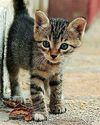
Earth Manners
Everyday habits matter! Let’s be kind to the planet, animals and ourselves!
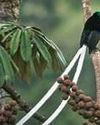
World Scan
CHINA’S IVORY TOWNAn explosive investigation by the Environmental Investigation Agency has revealed how criminal gangs originating from an obscure town in southern China have come to dominate the smuggling of ivory tusks poached from African elephants.